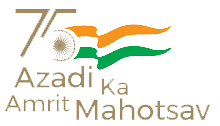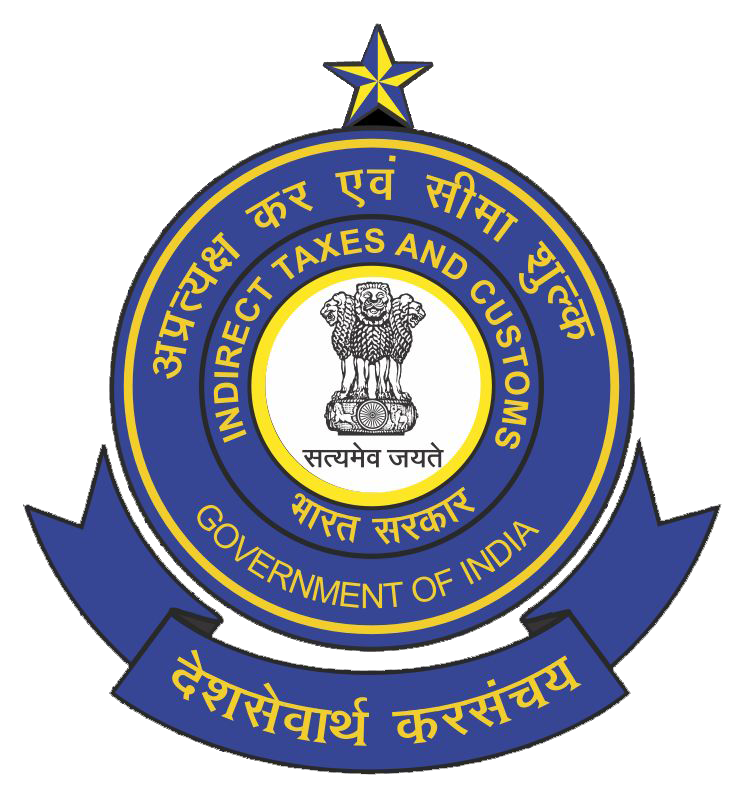The Central Excise and Customs administration, which was previously deployed during the British Rule mainly for the collection of revenue, was called upon, in the wake of independence, to shoulder the responsibility of guarding the tariff wall along the country's vast coastline and land frontiers. Many handicaps such as want of trained manpower and adequate resources in the form of equipments and absence of precise intelligence made our frontiers more vulnerable to economic exploitation. Added to it was the temptation to evade taxes and controls which was fuelled on account of growing demand for foreign articles which otherwise were subject to high taxation rates and non-tariff barriers on account of the need to foster indigenous industry and to conserve the country's fast dwindling foreign exchange reserves.
A need was felt to have a centralized agency in India to deal with cases of violations of Customs laws, having ramifications beyond the geographical jurisdiction of localized field formations and for collection, co-ordination and correlation of intelligence with respect to violation of these laws and also to furnish specialized know-how. A beginning was made in 1953, when a nucleus cell, christened 'C.R.I.B.' (Central Revenue Intelligence Bureau), charged with the responsibility of dealing with all matters connected with anti-smuggling and anti-corruption in the Customs and Central Excise organizations all over India was constituted. It was a small unit consisting of an Assistant Collector and two Superintendents within the Directorate of Inspection (Customs and Central Excise), New Delhi but working directly under the Central Board of Revenue.
By its very composition, a cell like C.R.I.B., could have a very limited scope for wider activities. But various studies undertaken in this small Cell itself revealed that the menace of smuggling had established deep roots in India, which, in turn, spelt out the dire need for establishing a well-organized Central anti-smuggling Organization for planning and directing the anti-smuggling efforts of the various Custom Houses and Central Excise Collectorates throughout India in a scientific manner for successfully meeting the menace of organized smuggling.
Various studies were undertaken by C.R.I.B. and suggestions were submitted to the Government of India in the Ministry of Finance (Revenue Division) The proposals made by Chairman, Central Board of Revenue and Finance Secretary dealing with the re-organization of Central Revenue Intelligence Bureau and creation of the Directorate of Revenue Intelligence makes for an interesting reading as it provides an insight into the history of, rationale behind and expectations from DRI. The Chairman noted that
"Till about 1955, the officers of the CRIB undertook adhoc investigations or enquiries, at the instance of the Board, and these were mostly enquiries against senior officers accused of corruption. The Bureau could not devote its attention to anti-smuggling measures on any organized pattern until after the taking over of anti-corruption work by the Vigilance wing, and the availability of its full complement of officers about a year ago. In this year, under the personal guidance of Member (Central Excise) the Bureau took up co-ordination of Inter-Collectorate work against smuggling and helped the Collectorates with experienced personnel in the investigation of major cases. Amongst the more important cases developed wholly or partly with the help of officers of CRIB may be mentioned those of Soirat and Webb who were caught while attempting to export Rs. 2.5 Lakhs in currency, Dana and Frey who attempted to export about Rs. 9 Lakhs in currency through Attari and the un-earthing of the smuggling racket at Jamnagar headed by Talab Haji Hussain and seizure of gold valued at at over Rs. 30 Lakhs, currency of 8 lakhs of rupees and about 25 vehicles including motor cars, auto rikshaws etc. and the current investigation into the seizure of Rs. 1.5 Crores worth of diamonds from Shri Zainal Ali Raza of Bombay.In particular, the mopping up of the smugglers on such a large scale at Jamnagar has virtually broken up a powerful and organized gang, whose activities introduced about six to eight crores of rupees worth of gold every year into the country and export of currency or other goods and services of equivalent value out of it."
The Finance Secretary noted as below: -
"The essential features of the proposed organization are: -
- It is designed to collect and collate information and to strike swiftly;
- It is officer-intensive and the ministerial staff has been kept at a minimum;
- Although small, it is a high-powered organization so that it can issue instructions to Collectors and can command the confidence and respect of the other State and Central organizations with which it has necessarily to deal in order to become effective;
- It will consist of selected officers, that is, those who by temperament and experience, are equipped to do this specialized kind of work;
- It will have no routine job of its own in the sense that it is required to collect a certain amount of revenue. It will have complete liberty to act on 'hunches' and only the ends will justify the means it adopts."
The Directorate of Revenue Intelligence was thus constituted on 4th December 1957, for dealing exclusively with the work relating to the collection and study of information on smuggling activities and the deployment of all anti-smuggling resources at the all India level, besides arranging training for the intelligence and Investigation officers of the Custom Houses and Central Excise Collectorates deployed on similar work.



